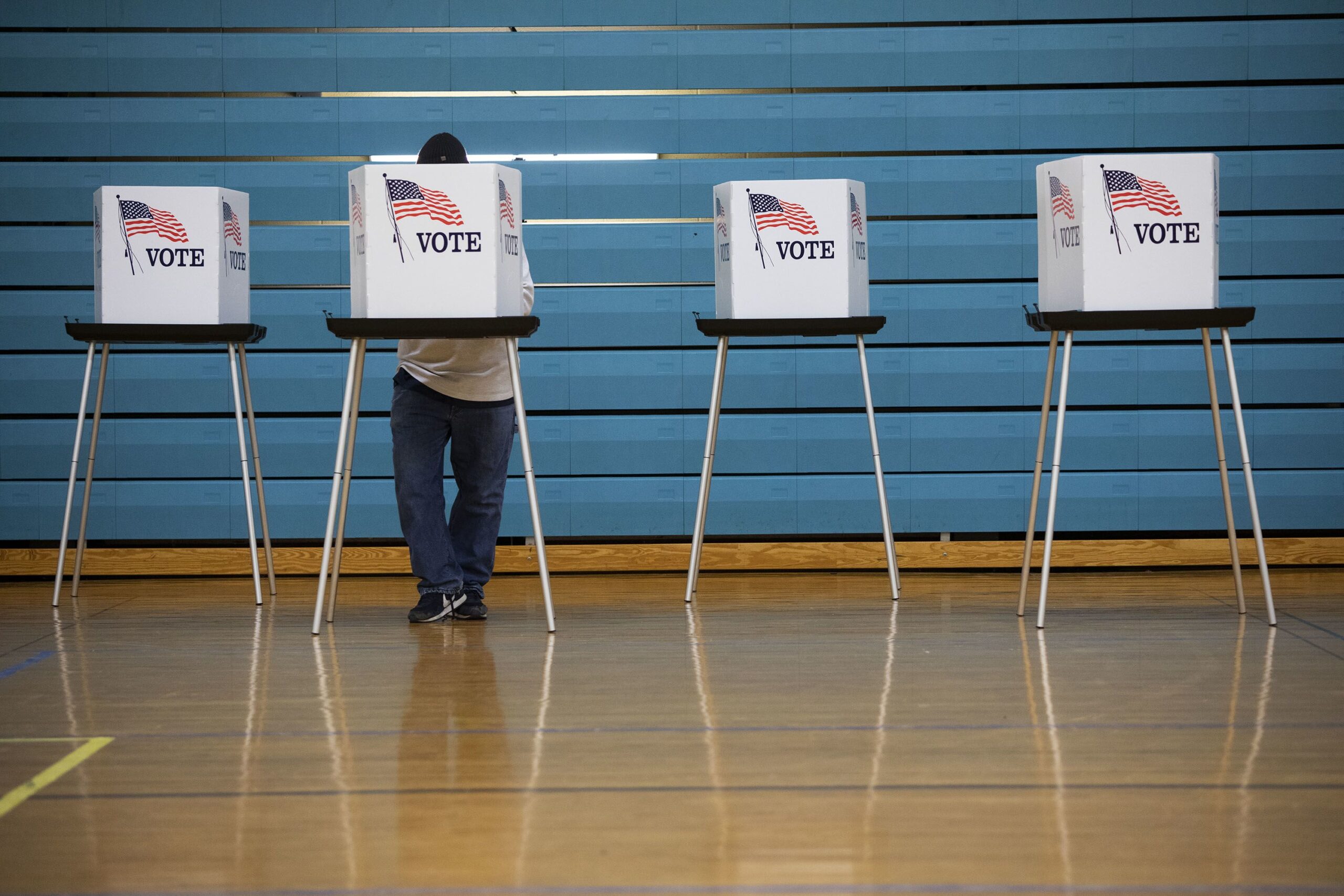Increased Foreign Interference in 2022 Compared to 2018
The 2022 US midterm elections saw an escalation in foreign government interference compared to the 2018 elections, as revealed in a declassified intelligence report released on Monday. The report highlighted the involvement of a diverse and expanding group of foreign actors, although no foreign leader was found to have ordered a comprehensive, whole-of-government influence campaign akin to Russia’s in 2016.
China, Russia, Iran, and Cuba’s Involvement in Election Meddling
The report identified China, Russia, Iran, and Cuba as the countries that attempted to interfere in the 2022 congressional elections. The intelligence community expressed high confidence that China tacitly approved efforts to influence several midterm races involving members of both US political parties. This is likely a part of a broader series of directives by Chinese Communist Party leaders since 2020 to intensify efforts to influence US policy and public opinion in China’s favor.
China’s Strategy: Heightening Sociopolitical Divisions
China amplified its efforts to exacerbate sociopolitical divisions, as per the assessment. However, it primarily focused on supporting or undermining a select few candidates based on whether Beijing perceived their policy positions to be favorable. The report also noted that Beijing viewed the US midterm elections as an opportunity to portray the US democratic model as chaotic, ineffective, and unrepresentative.
China’s Influence Activities and Tech Firms’ Reports
The conclusion of US intelligence agencies that China has been more active in election influence activities aligns with reports from tech firms. Microsoft analysts warned in September that suspected Chinese operatives have used artificial intelligence-generated images to mimic American voters online and provoke discussion on divisive political issues.
Russia’s Aim: Undermining Confidence in the Election
Russia sought to denigrate the Democratic Party before the midterm elections and undermine confidence in the election, primarily to weaken US support for Ukraine, as per the intelligence community’s high-confidence assessment. The Kremlin conducted extensive research and analysis of US audiences, identifying key demographics, narratives, and platforms that it believed would be effective in amplifying Russia’s message.
Russian Influence Operations and Their Targets
The assessment also confirmed that Russian military officials proposed delaying the Russian withdrawal from the Ukrainian city of Kherson until the day after the 2022 midterms to avoid giving a named US political party a perceived win before the election. Russian actors also generally sought to weaken confidence in Western democratic institutions by casting aspersions on the integrity of the midterm elections.
Iran’s Influence Activities and Limitations
The assessment detailed Iran’s influence activities during the midterms, finding that Tehran sought to exploit perceived social divisions and undermine confidence in US democratic institutions. However, its efforts were limited by competing priorities, including the need to manage internal unrest.
Foreign Actors’ Approach to Influencing US Elections
Foreign actors generally avoided technically challenging efforts to change literal votes and instead sought to influence US elections by damaging the public perception of the integrity of their results. The intelligence community also observed that other countries, including Cuba, engaged in more narrow efforts to support or undermine specific candidates, based on the candidate’s willingness to advance policies that aligned with that country’s interest.
Impact of Influence Campaigns on the 2022 Elections
The assessment did not study the impact the influence campaigns may have had on the outcome of the 2022 elections.
Contributor: CNN’s Sean Lyngaas

